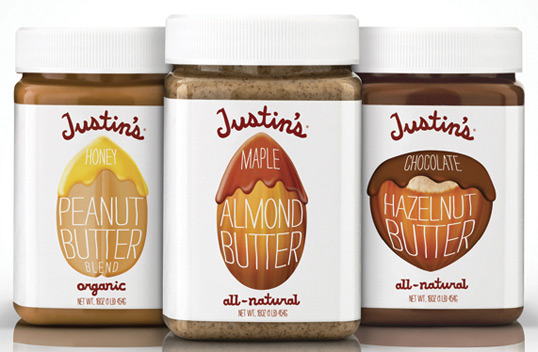In this practical, we synthesized a protein-based bioplastic using milk and ethanoic acid (vinegar). The protein extracted is a common milk protein called casein.
>Add 100 ml of milk and an equal amount of vinegar to a beaker
>Heat to 60 degrees Celsius. The milk should be coagulated. If not, continue heating until clumps are visible.
>Cool and filter
>The residue is the casein plastic. It can be moulded.
The product synthesized was very soft and would disintegrate when water is added. Usually, plasticisers such as glycerine are also added to the protein to make the plastic harder and more durable.
This is also the method to make homemade cheese! See the recipe here.

Acid makes milk curdle - separate into curds (containing milk solids, fats and proteins) and whey (contains mostly water). To understand why this happens, we need to know about the structure of milk.
Milk is an emulsion of fat, water, lactose (sugar) and a mixture of proteins. Fat globules are surrounded by phospholipids and proteins that keep them apart and suspended in the mixture. If we beat milk, the fat globules clump together and separate from the liquid. This is how butter is made!
The water contains soluble proteins that are hydrophobic on one end and hydrophillic on the other. Because of this, they organise themselves into globes called micelles. These proteins are called caseins. There are 4 different types of caseins and they make up 80% of the weight of proteins in milk.

Casein micelle. The submicelle contains a hydrophobic core and is oriented towards the center.
The outer surface of a casein micelle is made of up of a layer of negatively-charged kappa-casein. Since like charges repel, casein micelles repel one another and are kept in solution.
Acids release H+ ions in solution. When acid is added to milk, H+ ions bind to kappa-casein molecules, causing them to lose their negative charge. Therefore, the casein micelles with bind together and become visible as clumps in the milk.
Heat weakens the interaction forces between casein components within the micelles, causing them to dissociate more readily.
If the milk is heated to 85 degrees Celsius before adding the acid, kappa-casein reacts with a whey protein (protein that is dissolved in the water) called b-lactoglobulin to form a complex that makes the casein micelle surface much coarser. So when acid is added, the casein molecules clump into an open spongy gel that soaks up the water. This produces yogurt!
In commercial cheese making, lactic acid bacteria and rennet are added instead of ethanoic acid. Lactic acid bacteria digest the lactose sugar in milk to form lactic acid needed to discharge kappa-casein. This process is called lactic acid fermentation. Rennet contains an enzyme called rennin that facilitates casein micelle dissociation (curdling) by acting on the casein micelles.
The flavours of cheese are affected by many factors - the type of milk (goat or cow for instance), the type of bacteria used to innoculate it, and the conditions in which the cheese is aged. Ageing allows the cheese to develop complex flavours as the microbes act on it.

Swiss cheese. The holes are formed by bubbles of carbon dioxide gas, produced when propionibacteria consume the lactic acid excreted by other bacteria.
Back to the topic of bioplastics. Protein-based plastic is advantageous over petroleum-based plastic because it is biodegradable. Protein is synthesied naturally, making it a renewable resource unlike petroleum which is a finite resource.
The principle of synthesizing bioplastic from proteins is similar to the principle of synthesizing bioplastic from starch. Like starch, protein is a natural polymer. It is made of many amino acids, forming an amino acid chain known as a polypeptide. A polypeptide folds into complex structures due to its make-up.

Polypeptide folding showing primary, secondary, tertiary and quarternary structures.
This is not good for synthesizing bioplastic, as a linearised form of the amino acid is needed to make a strong homogenous structure. Many steps are taken to denature proteins into a linear form. Watch this video for a more detailed explanation.
Proteins' complex structure makes it challenging for viable protein-based bioplastics to be synthesized. Currently, many researchers are working on this issue, waiting for a breakthrough.
Sources
.jpg)








